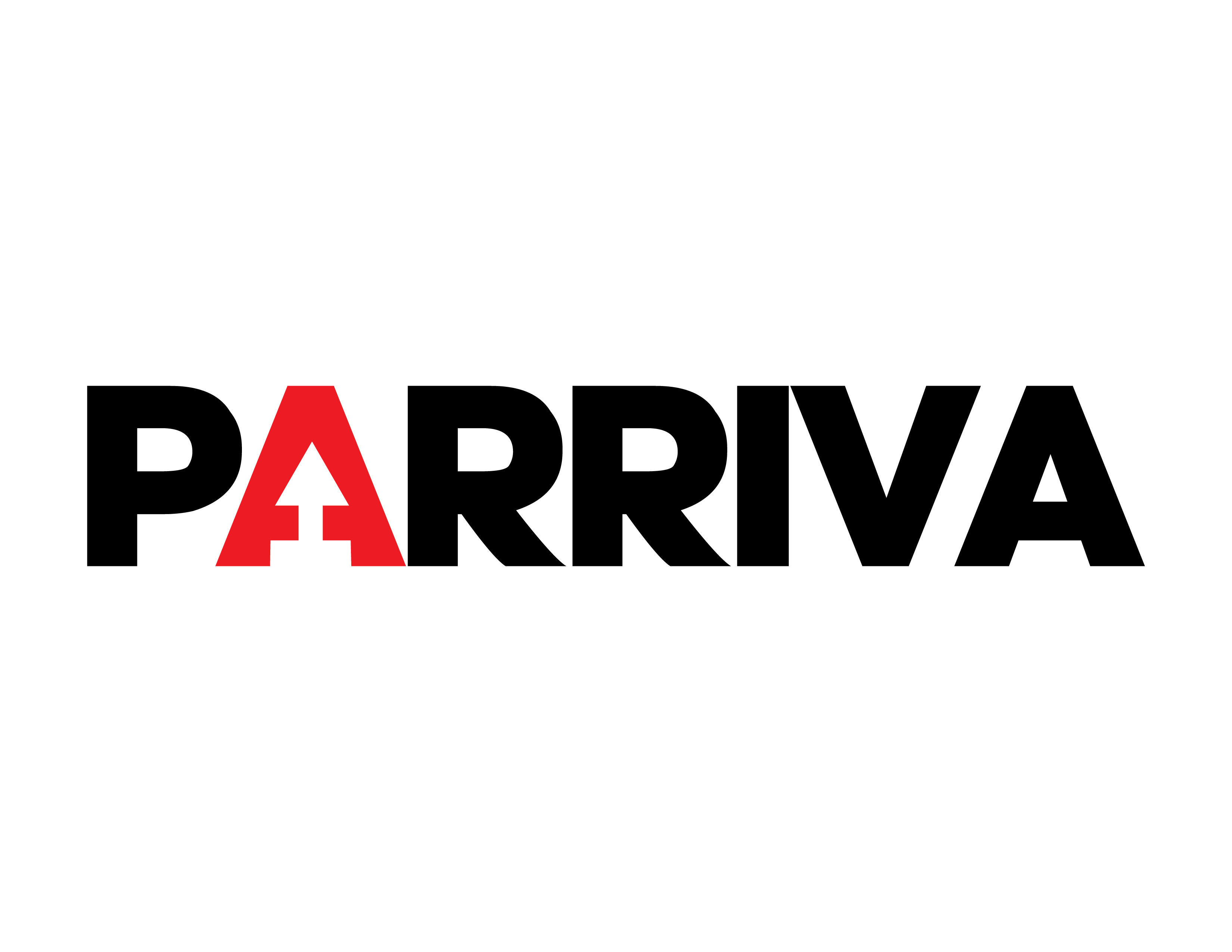Learn how the Annual Percentage Rate (APR) affects your credit cards and loans, what fees are included, and expert tips to lower your borrowing costs.
When applying for a loan or credit card, it’s crucial to understand the Total Annual Cost, better known as the Annual Percentage Rate (APR). This value represents the true cost of borrowing by combining the interest rate with all applicable fees. Knowing your APR gives you a clearer picture of what a financial product will actually cost you over time.
What Is the APR and Why Does It Matter?
The APR is not just another percentage thrown into the contract — it’s a comprehensive measure of how much your loan or credit will cost on an annual basis. This figure includes the interest rate, plus other fees such as processing, late payments, and withdrawals.
“Most people only look at the interest rate, but that’s just the tip of the iceberg,” says Gigi Hyland, Executive Director of the National Credit Union Foundation. “The APR reveals the true cost of borrowing and allows for meaningful comparisons between financial products.”
By law, banks and other financial institutions are required to clearly disclose the APR in their credit offers. This helps consumers make informed decisions when comparing different lenders and credit cards.
What Fees Make Up the APR?
According to financial experts, several types of fees contribute to the APR, and these can vary based on the type of credit product:
For Personal or Payroll Loans:
- Origination or opening fees
- Late payment penalties
- Missed installment fees
- Early withdrawal or disbursement charges
For Credit Cards:
- Cash advance fees
- Annual maintenance or membership fees
- Foreign transaction fees
- Late payment penalties
- Card replacement or administrative fees
“Every dollar you pay outside of your actual borrowed amount adds to the APR,” explains John Ulzheimer, a credit expert formerly with FICO and Equifax. “Even a 0% promotional interest rate can lead to a high APR if other fees are in place.”
Beware of Promotional APRs
When browsing credit card websites or loan brochures, you’ll often see the APR labeled as “for informational purposes only.” These are average APRs, meant to give potential customers a baseline comparison. However, once approved, your actual APR may vary depending on:
- Your credit score
- Loan amount
- Repayment term
- Financial institution policies
That’s why it’s essential to check your monthly account statement, which should list your specific APR and a breakdown of the fees and interest charges applied.
How to Reduce Your APR
Experts agree: one of the best ways to control your borrowing costs is through smart credit management habits.
“You can actually have a zero APR if you pay your credit card balance in full each month and avoid using cash advances,” says Tasha Van Vlack, a senior advisor at Consumer Financial Protection Bureau (CFPB). “The more responsible your financial behavior, the lower your total cost.”
Top Tips to Keep Your APR Low:
- Pay your balances on time to avoid interest and late fees.
- Avoid cash advances, which often come with higher fees and no grace period.
- Know your card’s terms — understand what triggers fees and how to avoid them.
- Use credit cards for planned purchases only, and stay within what you can repay each month.
The APR is one of the most important numbers to understand before accepting any credit product. It reflects more than just interest — it shows the total cost of borrowing. Understanding and managing your APR can save you hundreds or even thousands of dollars over the life of a loan or credit card.
As financial educator Sonia Alonso from Wells Fargo puts it:
“Knowing your APR is knowing the price tag of your credit. If you’re not watching it, you could be paying more than you should.”
Always read the fine print, compare offers, and develop healthy financial habits. The more informed you are, the more control you’ll have over your financial future.








